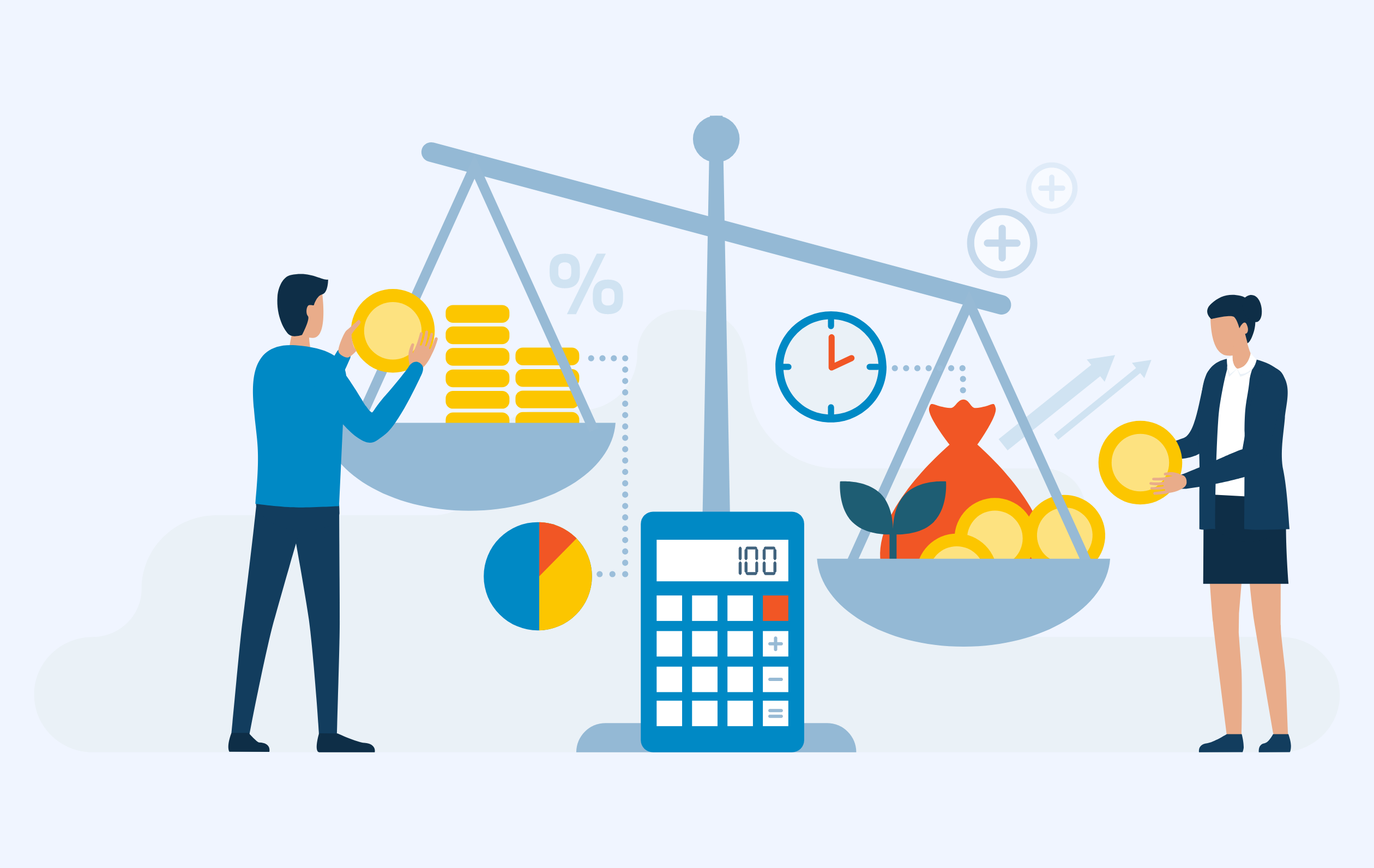By Miva | March 25, 2021

See why top ecommerce brands use Miva’s no-code platform to run
multiple stores, manage massive catalogs, and grow their revenue.
For the last several years, online retail and ecommerce have changed consumer expectations. Amazon broke barriers when it launched its Prime program in 2005. In only a few short years, other online retailers had to offer fast shipping or risk being left behind. Customers now expect expedited shipping everywhere they shop.
In 2020, as online shopping and ecommerce increased exponentially, so did the customer’s expectation of a positive experience. The smallest issues with an ecommerce site could have customers jumping ship to a competitor site. Statista reports that, in March 2020 alone, as many as 88 percent of online shopping carts were abandoned before purchase completion.
The solution, of course, is to provide an outstanding customer experience to all your online shoppers. One thing that can help you do that is a solid ERP (Enterprise Resource Planning) ecommerce integration. Having the ability to provide customer, order and product data in real time across internal business systems and ecommerce systems can be key to providing an outstanding customer experience.
The acronym ERP stands for “Enterprise Resource Planning”, which describes the collection, storage, and organization of business data via software integration. An ERP is an integrated suite of business applications that typically include accounting, HR, inventory, distribution, and manufacturing. As a single source of business data it helps to increase efficiency and streamline processes.
Integrating the main business processes with ecommerce empowers the business with a single data hub, creating a streamlined process from first click to final delivery. With major ERP solutions now including ecommerce integration, your customers can have the latest catalog and stock status and stay in the loop on what exactly is happening with their order. Ecommerce integration can trigger payment confirmation, create shipping labels, share tracking details, and update order status on the website. In addition to benefiting the customers, ecommerce integration also makes the entire retail sales journey smoother for the business by allowing you to update accounting and finance with payments and adjust inventory levels for both the warehouse and the website to accurately reflect what’s in stock.
Of those businesses that have integrated their ERP and ecommerce systems, many may be missing key functionality and data transfers that are important to their supply chain and consumers. Here are some items to consider when implementing ecommerce integration:
In addition to increased customer satisfaction, there are multiple benefits to having ERP and ecommerce integrated to work together:
Ecommerce integration might sound complicated, but it doesn’t have to be. Choosing the right integration system and partner is a key to success and your ecommerce provider and/or accounting system provider are a good place to start for recommendations. You will want to identify an integration expert who has experience in both your ERP system and your ecommerce system.
About the Author
Ruth Richter is the CFO for ROI, a Sage 100 integration company.
About ROI
ROI is the market’s leading Sage 100 ecommerce solution and integration specialist, maximizing Sage 100 customer’s technology investment through integration and customization since 1997.
Learn about ROI’s integration solutions for Sage 100 at www.roi-consulting.com or by calling Ruth Richter at 402-934-2223, 1. Or download this whitepaper which provides ideas for Choosing the Right Integration Solution. You’ll learn more about why ERP integration is good for ecommerce businesses, some of the most common integration challenges (and how to maneuver them), and tips for selecting the best integration software for your needs.
Share this article:
Back to top
No worries, download the PDF version now and enjoy your reading later...
Download PDF Miva
Miva
Miva offers a flexible and adaptable ecommerce platform that evolves with businesses and allows them to drive sales, maximize average order value, cut overhead costs, and increase revenue. Miva has been helping businesses realize their ecommerce potential for over 20 years and empowering retail, wholesale, and direct-to-consumer sellers across all industries to transform their business through ecommerce.
Visit Website